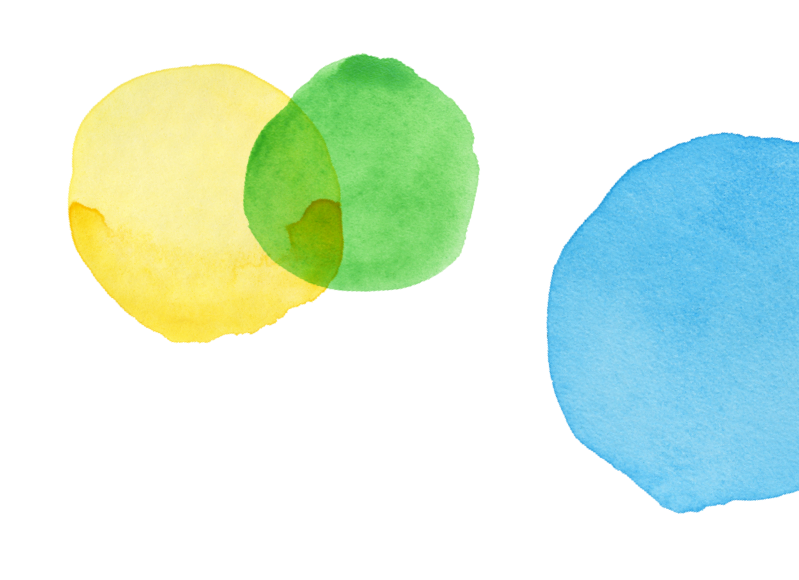Grade 4 - Claim 1 - Target G

 Back to Results
Back to ResultsMathematics
Target G
Build fractions from unit fractions by applying and extending previous understandings of operations on whole numbers
Sample Item
Grade 4Test
Claim 1
Concepts and Procedures
Standards
NF-3
Understand a fraction a/b with a
>1 as a sum of fractions 1/b.NF-3a
Understand addition and subtraction of fractions as joining and separating parts referring to the same whole.
NF-3b
Decompose a fraction into a sum of fractions with the same denominator in more than one way, recording each decomposition by an equation. Justify decompositions, e.g., by using a visual fraction model. Examples:...
NF-3c
Add and subtract mixed numbers with like denominators, e.g., by replacing each mixed number with an equivalent fraction, and/or by using properties of operations and the relationship between addition and subtraction.
NF-3d
Solve word problems involving addition and subtraction of fractions referring to the same whole and having like denominators, e.g., by using visual fraction models and equations to represent the problem.
NF-4
Apply and extend previous understandings of multiplication to multiply a fraction by a whole number.
NF-4a
Understand a fraction a/b as a multiple of 1/b. For example, use a visual fraction model to represent 5/4 as the product 5 × (1/4), recording the conclusion by the equation 5/4 = 5 ×...
NF-4b
Understand a multiple of a/b as a multiple of 1/b, and use this understanding to multiply a fraction by a whole number. For example, use a visual fraction model to express 3 ×...
NF-4c
Solve word problems involving multiplication of a fraction by a whole number, e.g., by using visual fraction models and equations to represent the problem. For example, if each person at a party will...
Clarifications
Tasks for this target will ask students to identify and generate equivalent forms of a fraction a/b with a >1, including mixed numbers with like denominators. Some tasks should incorporate unit fractions and the...
Range Achievement Level Descriptors
Evidence Required
1
The student adds and subtracts fractions with like denominators by joining and separating parts referring to the same whole.
2
The student expresses an equivalent form of a fraction or mixed number by considering each as a sum of fractions with the same denominator.
3
The student solves contextual problems involving addition and subtraction of fractions referring to the same whole and having like denominators by using visual fraction models and equations to represent the problem.
4
The student represents a fraction a/b as a multiple of 1/b.
5
The student multiplies a fraction by a whole number.
6
The student solves contextual problems involving the multiplication of a fraction by a whole number by using visual fraction models and equations to represent the problem.
Item Guidelines

Depth of Knowledge
M-DOK1
Recall includes the recall of information such as fact, definition, term, or a simple procedure, as well as performing a simple algorithm or applying a formula. That is, in mathematics a one-step, well-defined, and straight algorithmic procedure should be...
M-DOK2
Skill/Concept includes the engagement of some mental processing beyond a habitual response. A Level 2 assessment item requires students to make some decisions as to how to approach the problem or activity, whereas Level 1 requires students to demonstrate a...
Allowable Item Types
- Equation/Numeric
- Matching Tables
- Drag and Drop
- Multiple Choice, single correct response
- Hot Spot
Allowable Stimulus Materials
number lines, parts of whole visual models, parts of set visual models, equations, expressions
Key/Construct Relevant Vocabulary
equation, expression, equal, fraction, model, product, numerator
Allowable Tools
None
Target-Specific Attributes
Unless otherwise specified, no distinction is made between proper and improper fractions. Unless otherwise specified, improper fractions and mixed numbers do not get special treatment. The majority of items in this target should follow the CCSS...
Accessibility
Item writers should consider the following Language and Visual Element/Design guidelines [1] when developing items. Language Key Considerations: Use simple, clear, and easy-to-understand language needed to assess the construct or aid in the understanding of the...
Development Notes
Representing contextual problems with equations will be assessed in Claim 4. Multi-step items combining addition/subtraction and multiplication will be assessed in Claim 2. Determining between which two whole numbers the product of a whole number and...


Task Models
Task Model 1a

Item Types
Equation/NumericDepth of Knowledge
M-DOK1Standards
NF-3
Target Evidence Statement
The student adds and subtracts fractions with like denominators by joining and separating parts referring to the same whole.
Allowable Tools
None
Task Description
Prompt Features: The student is prompted to solve an addition or subtraction fraction problem. Stimulus Guidelines: The student is presented with either an addition or subtraction fraction equation with a box for an unknown number. In addition...
Stimulus
The student is presented with a fraction addition or subtraction equation with a box to represent an unknown result.
Example 1
Example Stem 1: Enter the unknown number that makes the equation true.
Rubric: (1 point) The student shows understanding of addition and subtraction of fractions by entering the correct sum or difference of two fractions with like denominators (e.g., ).
Example 2
Example Stem 2: Enter the unknown number that makes the equation true.
Rubric: (1 point) The student shows understanding of addition and subtraction of fractions by entering the correct sum or difference of two fractions with like denominators (e.g., ).

